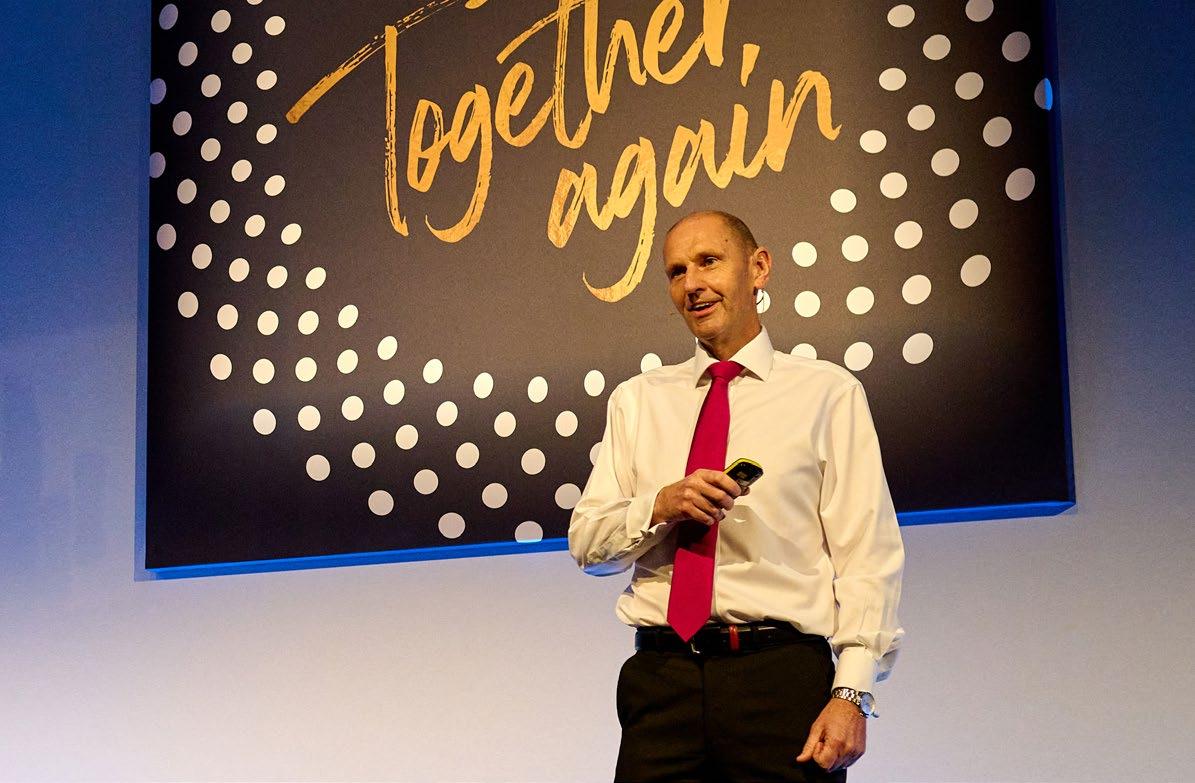
3 minute read
Painting by Numbers
Shaun Almond Managing Director
It’s no surprise that people make poor decisions in their lives resulting in a need to turn to friends and family to bail them out. Indeed we had a Facebook post encouraging us to help out the son and daughter of old work colleagues in their hour of need – a contribution to a £10,000 Vet bill to aid the recovery of their pet dog. My heart says give £20, my brain says “what happened to the pet insurance policy?”
Advertisement
So what is an advisers job? Some might say that it is to help consumers make the choices they would have made if they had paid full attention, and possessed full and relevant information. But life is not like that, people smoke cigarettes in the knowledge that they aren’t good for them, eat sweets understanding diabetes could be just round the corner, or even fail to save for retirement when income is not certain in old age. Life’s too short, and, in some cases it is, and there can be dire consequences for those they leave behind. So what is an adviser’s job? Perhaps it’s to paint the emotional pictures, after all, we are good at painting when it comes to the home buying process. Picture yourself in your

first home, enjoying the independence and the fact that you can still afford to go out and enjoy life. Picture yourself paying your mortgage off and becoming debt free in twenty five years, owning an asset which you can leave to your children. Wonderful images worthy of an Instagram story.
But of course, every positive picture needs to be balanced with the rationale images – a family still in their home if one or both of the income earners were to die, a bank account without any bounced direct debits even though the holder is off work sick or even private treatment for a serious illness, rather than the worry of watching a go-fund me page without donations.
The adviser’s job – to identify the benefits and the risks of the customer’s plan of action and helping them achieve the end goal, what the Financial Conduct Authority calls a great customer outcome.
What has worked with many companies is the move to an opt-out from an opt-in process. There are very few people in society who don’t have a protection need and by being clear at the start that your customer has to tell you that they definitely absolutely and comprehensively do not need the plan B, then you can have a huge impact on the outcome of the customer’s decision making.
Keeping the conversation simple can help as it is often the myriad of policies and solutions that put the plan at risk, how many of us give the Barista the same coffee order to avoid confusion and disappointment. Life Insurance that reduces in value in line with the balance on your mortgage, an income plan for when you might be off work for more than two months and another to pay the bills should one of you die.
For those Advisers who have their roots in Pearl or the Pru, their picture painting will be of the standard of Van Gough or Matisse, for others who haven’t had the life experiences then it could be painting by numbers. Like painting, practice makes perfect, have the conversation and then don’t be afraid to ask for feedback, after all what’s the worst that can happen – possibly a question to ask all your customers.










